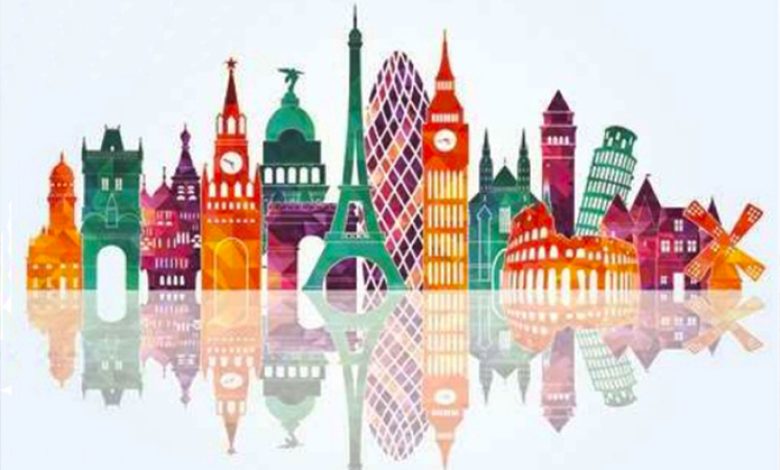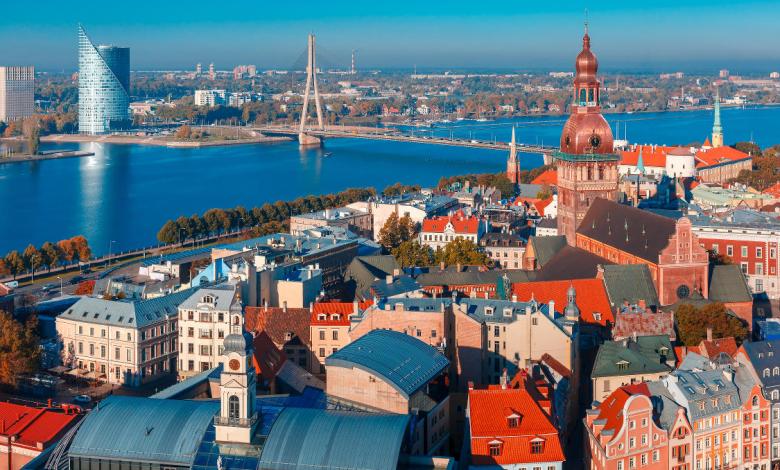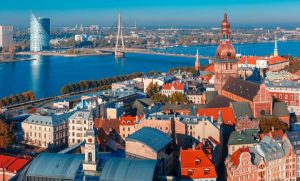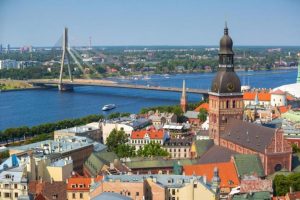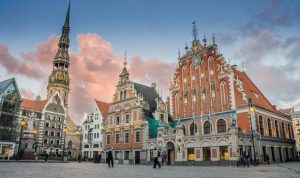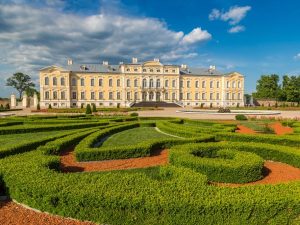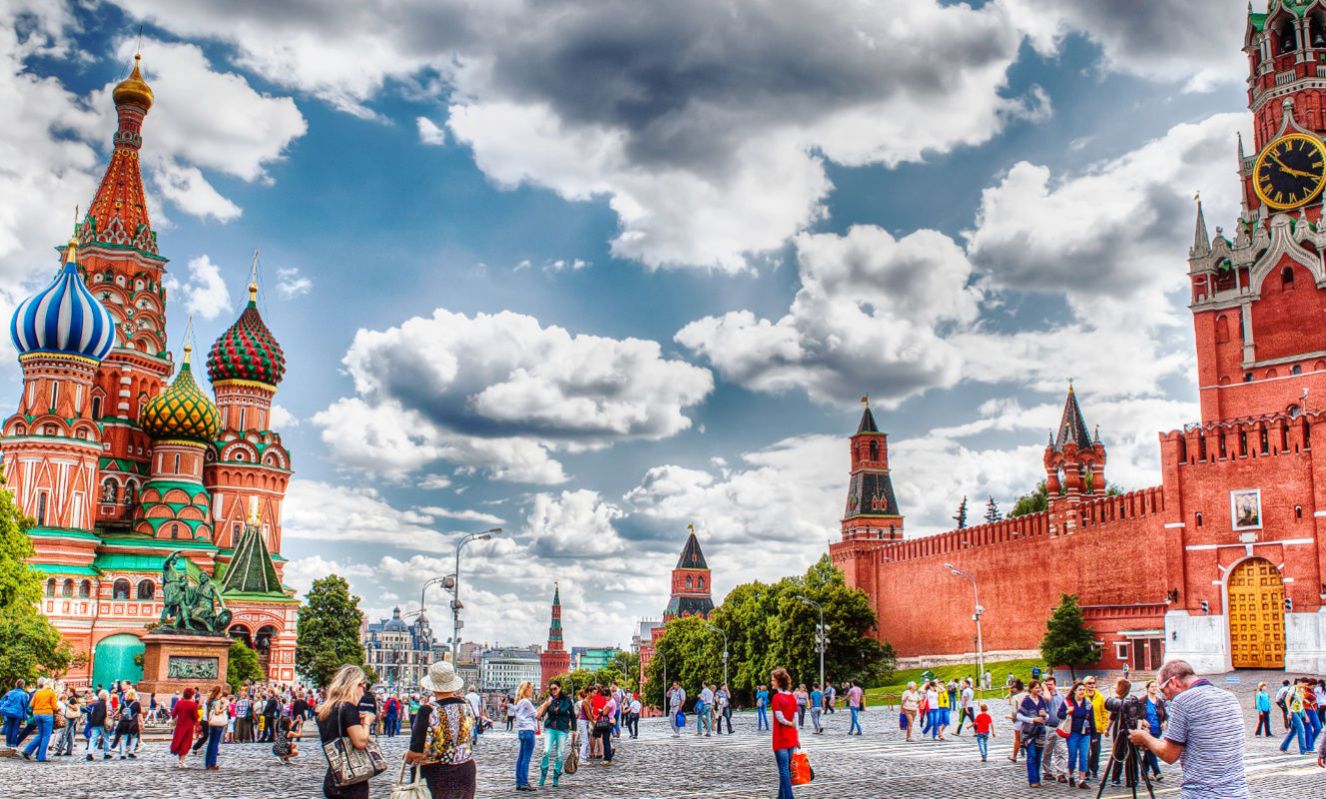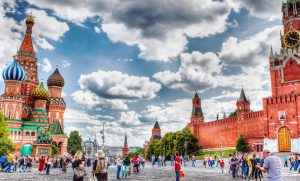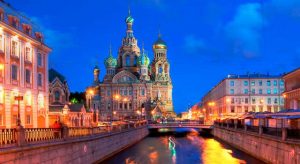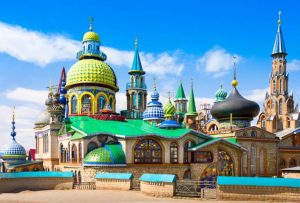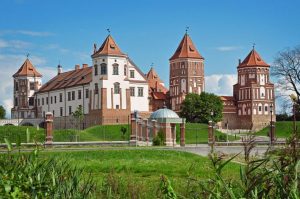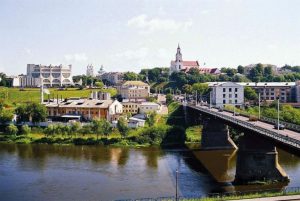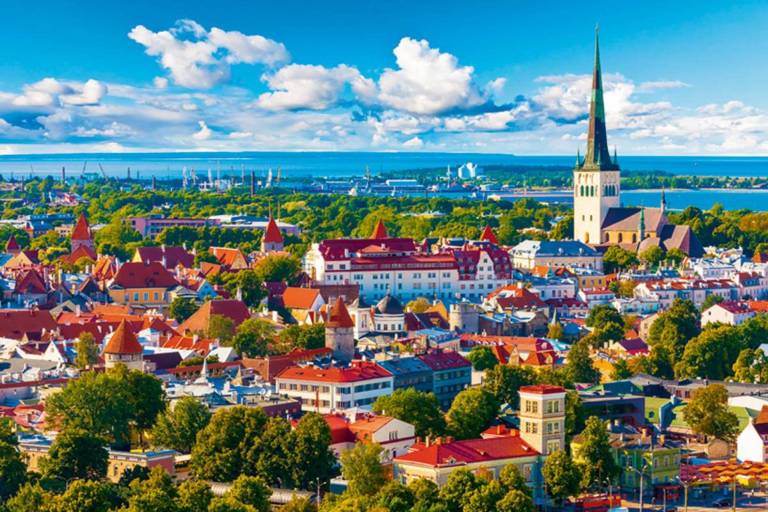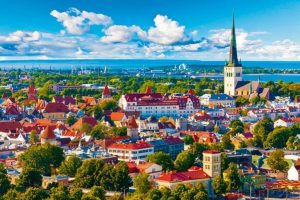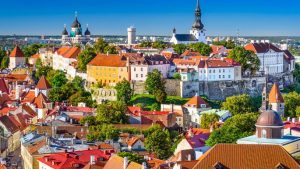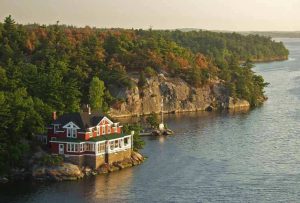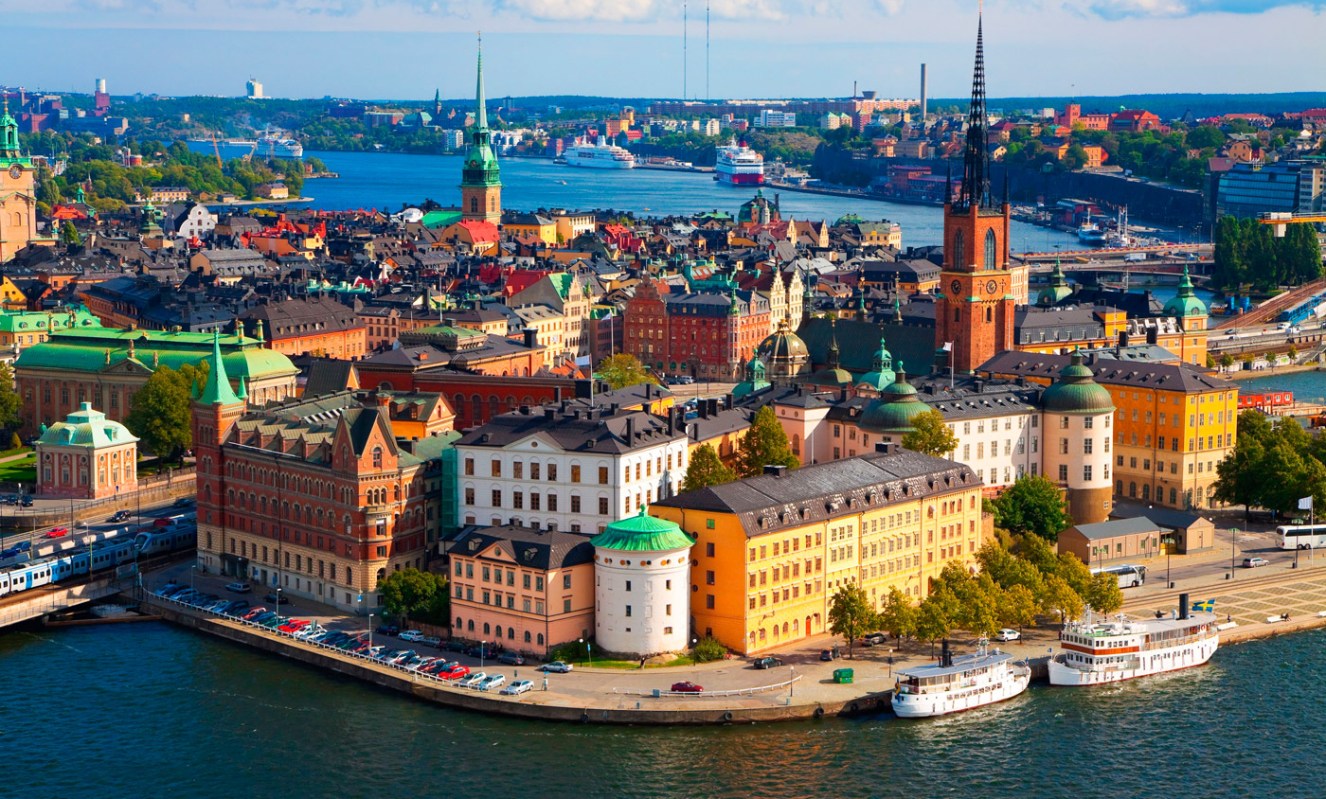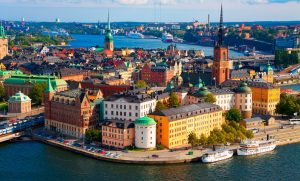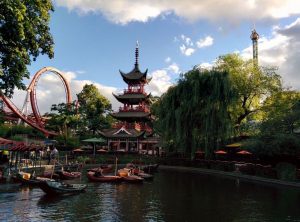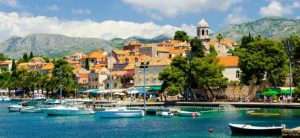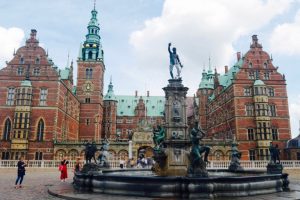Overview of the Continent of Europe

Overview of the Continent of Europe
Europe is one of the seven continents of the world. Geographically, it is a large peninsula that forms the western part of Eurasia between the Ural Mountains and the Caucasus Mountains and the Caspian Sea from the east, the Atlantic Ocean from the west, the seas of the Mediterranean Sea, the Black Sea and the Caucasus region from the south and the Arctic Ocean from the north of the continent.
General information about the continent of Europe
It is considered a relatively small continent compared to the rest of the continents, but the continent of Australia is smaller than it. Besides Europe’s geographical boundaries, the concept of continental boundaries goes back to classical and arbitrary antiquity, where the term “continent” became primarily geographical but also includes cultural and political elements.
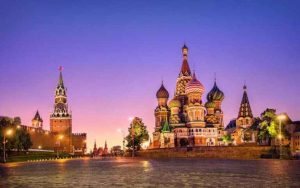
Historians agree that Europe, especially in ancient Greece and ancient Rome, is the cradle of Western civilization influencing the world. Europe played a prominent role in world affairs starting in the fifteenth century, especially after the beginning of colonialism. Between the sixteenth and twentieth centuries, European states dominated the Americas, most of Africa and Oceania, and large parts of Asia at various times. The Industrial Revolution, which began in Great Britain at the end of the eighteenth century, led to radical economic, cultural, and social changes first in Western Europe, and then to include the world. European population growth has increased dramatically, as by 1900, Europe accounted for about 25% of the world’s total population.
Culture and history
Fossils discovered by scientists indicate that the first humans lived in Europe more than a million years ago. The most important known forms of prehistoric humans are Neanderthals and Crohmans. Neanderthals lived around the period 100,000 to 35,000 years ago, and the Chromanian lived between 40,000 to 10,000 years ago. They lived by hunting, often moving from place to place in search of food. They live in groups of between 25 and 30 individuals.
In southeastern Europe around the year 6000 BC, humans learned how to obtain their strength by cultivating the land. This early development paved the way for putting the final touches to the emergence of civilizations that in turn led to the stability of man who was constantly on the move in search of food. And when he settled in a certain place, he would establish villages. Some of these villages later developed and became the nucleus of the first European cities. After about the year 6000 BC, more and more numbers of ancient Europeans began to turn towards agriculture, as agriculture became the main source of food until the end of the prehistoric period, that is, about the year 3000 BC. M, spread all over Europe except for the dense forests in the north.
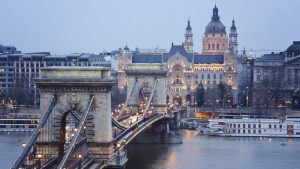
The first European civilizations erupted in the Aegean islands in eastern Greece. The Aegean civilization flourished between 3000 BC. AD and 1200 BC The inhabitants of some Aegean islands, especially on the island of Crete, used a writing system, as were adventurous sailors and merchants. A civilization similar to the Aegean civilization appeared on the island of Malta, southern Italy. And after the year 2500 BC.
Almost sailors from the Aegean and Island of Malta sailed along the southern and western coasts of Europe. They were introducing to the people they found their way and their way of life.

touristical monuments
Greek islands (Greece)
The islands are a beautiful place to visit, and there is no doubt that the Greek island is one of the wonderful and attractive places that can be visited in Greece. The islands feature white houses, blue domed churches, cliffs, beaches and the Aegean Sea making it an amazing and popular place.
Hallstatt (Austria)
This is a very quiet city, it is the oldest salt mine in the world, there are plenty of sites for fishing and rental boats to veer up the river. Primarily located between Vienna and Salzburg, this city is the ideal place for recreation.
Rome (Italy)
Rome is the most wonderful city and European capital city for European holidays, simply because it is one of the amazing European capitals. Rome has its history and culture.
Venice, Italy)
Italy is a magical place, including Venice, a city that should not be missed due to its beauty and charm. It has a large share of history, art, and magnificent buildings, so you cannot visit Italy without enjoying the beauty and splendor of Venice.
London (UK)
One of the great places to visit in the UK, and definitely one of the most amazing places to visit in Europe. The city is the jewel of British life, and you can enjoy loads of cafes and restaurants. There is also a natural history museum.
Paris France)
One of the most visited places in Europe, Paris has a lot to offer from fashion to food, and there is also the Eiffel Tower and Notre Dame. This wonderful city with its joy and distinctive style in the old buildings, this wonderful and amazing city and it has its picturesque charm.
Athens, Greece)
Athena is the capital of Greece, unforgettable smells and sights await Athena. There is a lot to see, besides enjoying eating, it is also one of the most unusual places in Europe.
Amsterdam (Netherlands)
Amsterdam is really a beautiful city. Because of its free running channels, you can explore the royal palace, plus there is a lot in this city to keep busy despite its reputation, the city is filled with amazing life.
Madrid (Spain)
Madrid is the terrible and wonderful city in Europe, which is enjoyed in beautiful restaurants. Madrid is one of the most amazing places to visit. This city contains museums of modern art, and you can enjoy the nightlife.
